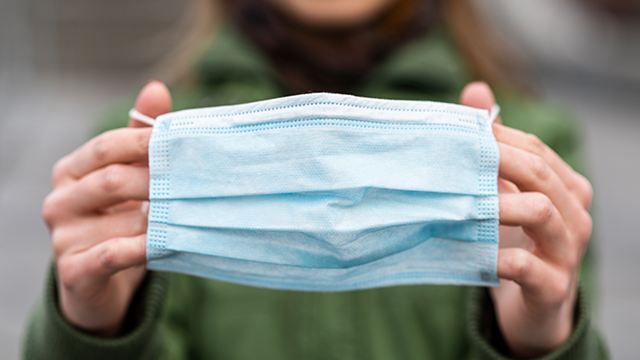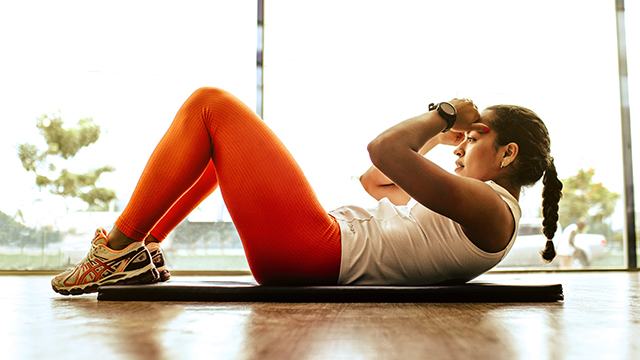One of the best things about exercising outdoors is feeling the sun on your face and the wind in your hair. But when said wind is filled with smoke from wildfires or pollution, outdoor workouts can cause more harm than good.
Breathing in the haze can trigger acute problems like asthma, bronchitis or even heart attacks. Add in long-term exposure to diesel exhaust and air pollution and that can lead to bigger problems – strokes, chronic lung problems and lung cancer.
What’s more, when you’re exercising outside, you’re more likely to be mouth-breathing because of your body’s increased metabolic demands, which means your nose isn’t filtering the air you’re taking in. As a result, you’re inhaling more pollutants.
But before you start hanging up your favourite pair of outdoor running shoes, here’s the good news: all it takes is a few simple precautions for you to stay healthy while trying to get healthy.
Check the air quality
Before you head out for a fun bike ride or an invigorating run, it’s pretty obvious that you should check the quality of the air you’ll be breathing in. The National Environment Agency’s haze website provides hourly updates on the Pollutant Standards Index (PSI) and Particulate Matter (PM) so you’ll know exactly how clean the air is in your area.
Basically, anything below 100 PSI and 55 PM is fine. Although if you’re uber-sensitive to air pollution or have asthma, it’s best to keep those outdoor activities to a minimum unless the reading is 50 PSI or less. The numbers are also colour coded for easy reading. Anything that’s in the green or blue band is okay. But once the numbers hit the red zone, it means the air quality is hazardous, and you should avoid going outdoors at all costs.
Timing is everything
Just because you can’t see the haze, it doesn’t necessarily mean the air is clean. Rush-hour traffic and busy traffic routes generate tons of air pollution from the burning of fossil fuels. What’s worse are tall buildings that trap car exhaust, making the whole area a toxic stew of pollutant-laden smog. So you should definitely avoid exercising outdoors before or after rush hour.
Air pollution also tends to be worse during midday. And as heat stresses your body, even more, it makes you more susceptible to the effects of air pollution. In short, the best time for your outdoor workout is either early in the morning or in the early evening.
Location, location, location
Now that you know when to work out, the next thing to focus on is where to work out. Studies have shown that exercising next to a heavily trafficked road can counteract any cardiac or respiratory benefits from the exercise. What that means is, as far as possible, avoid working out near busy roads, industrial zones and areas with high buildings.
Focus instead on side streets with less traffic, parks or, better yet, heavily wooded trails. Trees not only provide shade from the sun, they also help filter our air pollution so the air you breathe in is fresher and cleaner.
Mask up
It might come as a surprise, but the truth is, surgical masks are not very effective in keeping out pollution particles. On the other hand, while an N-95 mask can filter out about 95% of all pollution particles, there’s a catch: it has to fit perfectly.
The right mask is supposed to fit your nose and mouth snugly, so air doesn’t leak in and out through the sides. However, this also makes it much harder to breathe, which can make exercise exceptionally difficult. That’s why if the air quality is cause for concern, you’re probably better off working out indoors.
Know other tips and tricks to beat the haze? Share your stories and questions in the comments below!




